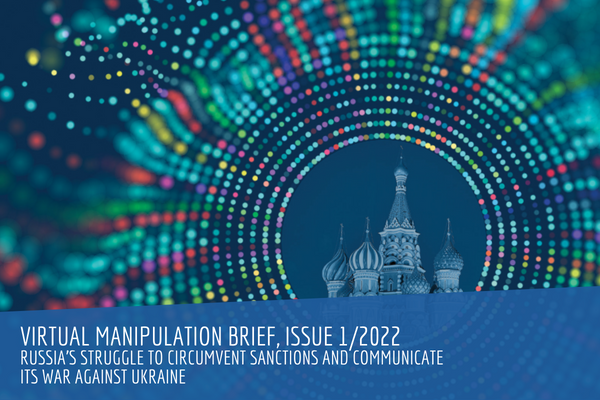Robotrolling is a quarterly publication.
Inauthentic activity in the Russian-language information space this quarter targeted NATO military exercises, peaking on 8 June with the commencement of BALTOPS in the Baltic Sea. Conversations amplified by both automated and anonymous accounts portrayed NATO’s summer exercises as exceptionally aggressive and demonstrative of the alliance’s ambitions to expand into Belarus and Ukraine.
Throughout this quarter, we observed a significant increase in English-language bot activity. This flurry of activity was triggered by public statements suggesting the US move nuclear weapons, troops, and military equipment from Germany to Poland for permanent deployment.
While the volume of Russian-language automated activity on both Twitter and VK shrunk this quarter, the percentage of conversations amplified by bot voices increased. Statebacked media outlets Sputnik and RT were popular sources of information among both English- and Russian-language audiences.
The latter two sections of this report concentrate on the deleted account dataset published by Twitter in June 2020. First, we compare our list of previously identified bot accounts with those published by Twitter, which is visualised in Figure 5. Second, we evaluate Twitter’s capacity for combatting inauthentic activity on its platform, concluding that rates of identification, suspension, and deletion of accounts are unnecessarily slow.






